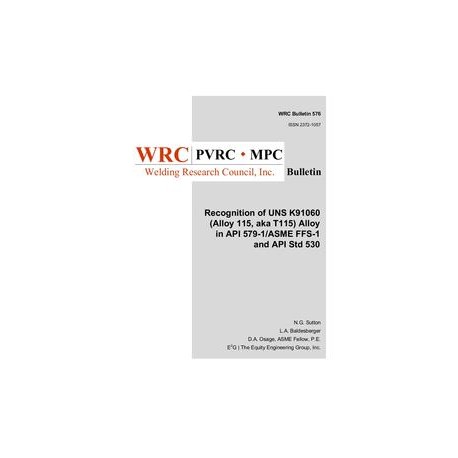Cart
0
Product
Products
(empty)
No products
To be determined
Shipping
$0.00
Total
Product successfully added to your shopping cart
Quantity
Total
There are 0 items in your cart.
There is 1 item in your cart.
Total products
Total shipping
To be determined
Total
 View larger
View larger
WRC 576
M00002252
New product
WRC 576 Recognition of UNS K91060 (Alloy 115, aka T115) Alloy in API 579-1/ASME FFS-1 and API Std 530
Bulletin / Circular by Welding Research Council, 2020
N.G. Sutton, L.A. Baldesberger, D.A. Osage, ASME Fellow, P.E.
In stock
More info

